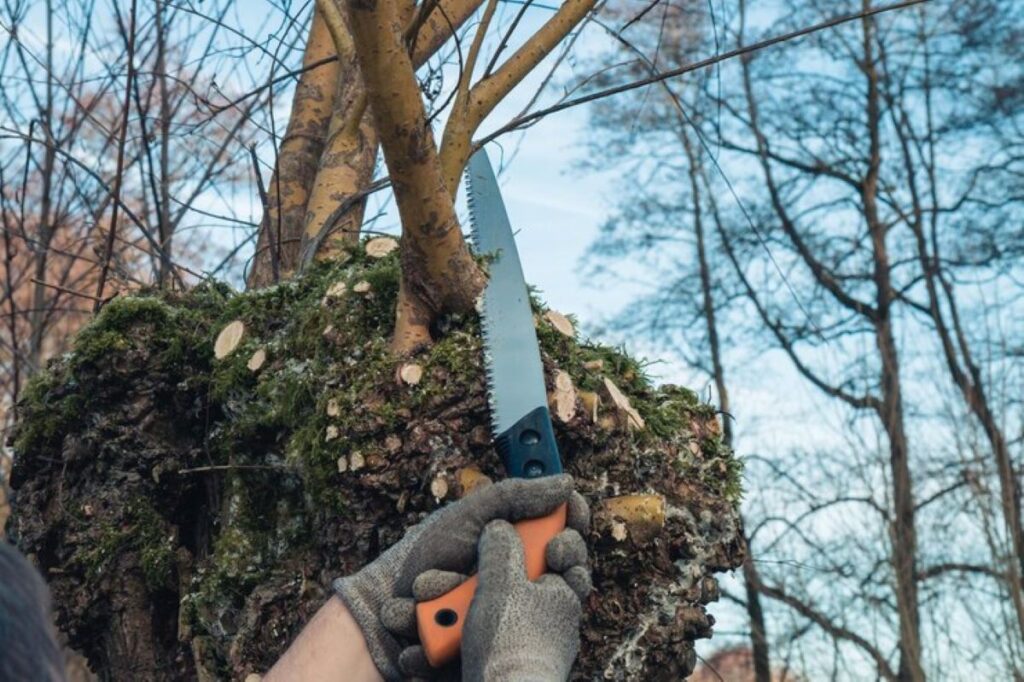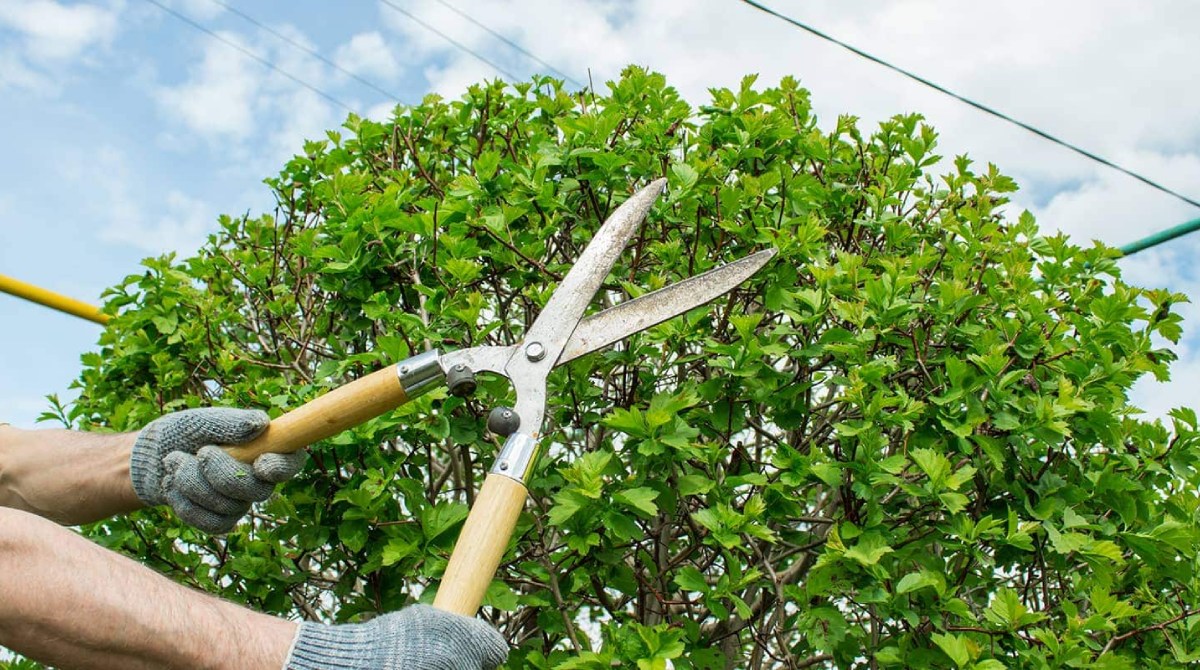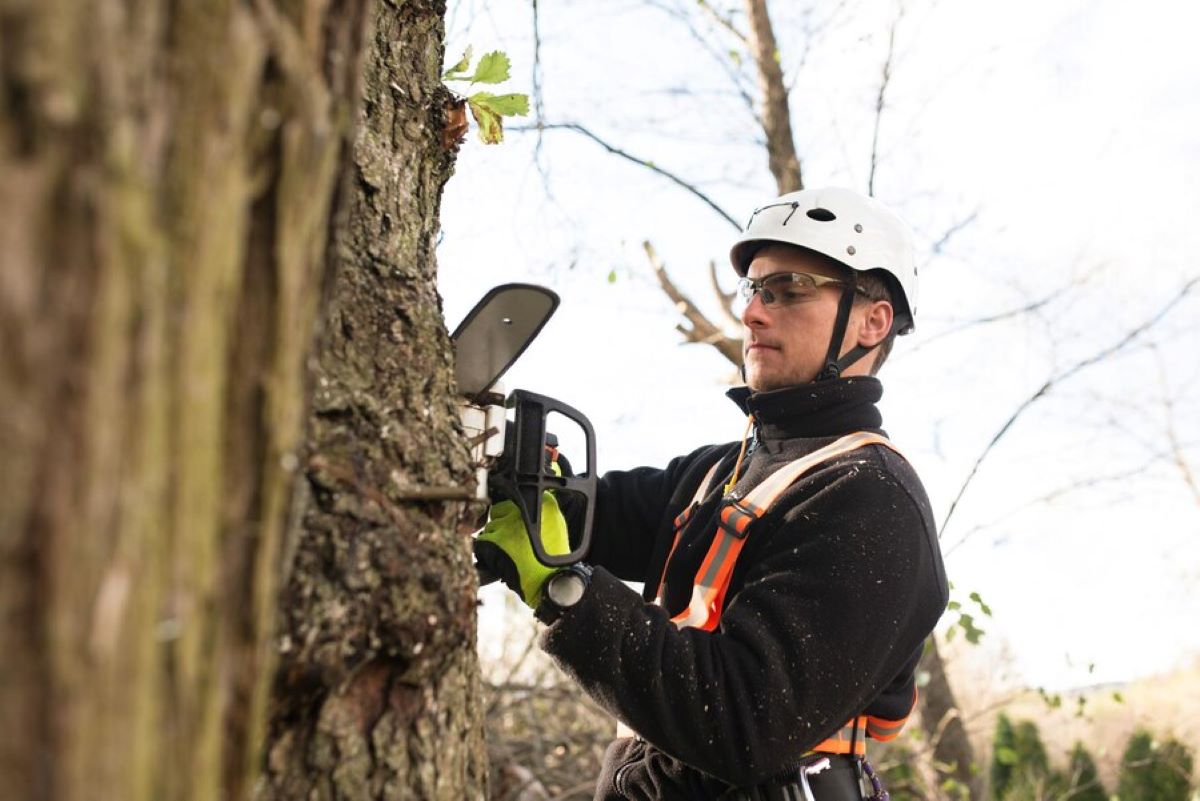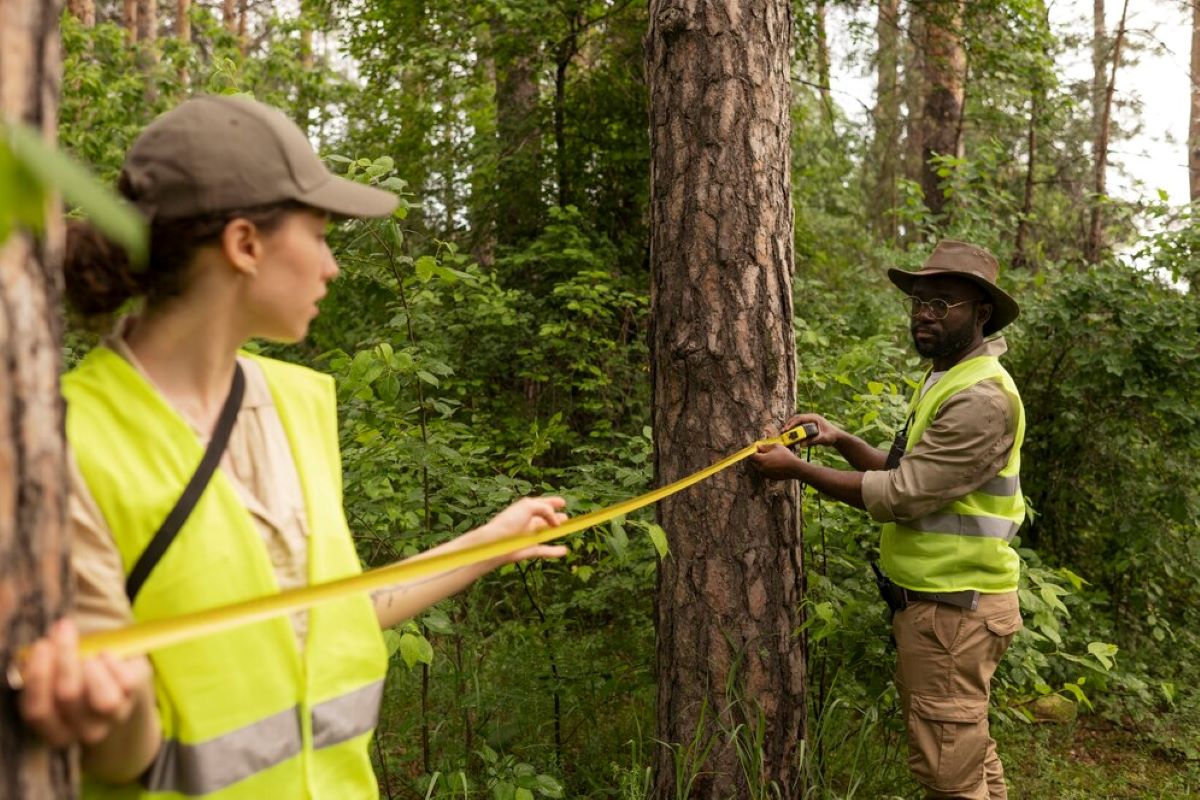As storm season approaches in Sydney, the question of whether to prune trees before or after the storms becomes increasingly pertinent. With recent statistics indicating that sixty-five per cent of State Emergency Service (SES) call-outs this storm season have involved trees, understanding the importance of tree maintenance is crucial for both safety and property protection. This article delves into the benefits of tree pruning, the timing of such activities, and expert insights to help you make informed decisions regarding tree care in your garden.
The Importance of Tree Pruning
Tree Pruning Sydney is an essential practice for maintaining the health and safety of trees across the region. It involves the selective removal of specific parts of a tree, such as branches, buds, or roots, to improve its structure and growth. The benefits of pruning extend beyond aesthetics; they play a vital role in ensuring the longevity and stability of trees, particularly during storm season.
One of the primary reasons for tree pruning in Sydney is to enhance a tree’s structural integrity. By removing weak or dead branches, the overall strength of the tree is improved, reducing the risk of branch failure during high winds. This is especially important in urban areas where trees are often in close proximity to buildings and power lines.
Moreover, tree pruning Sydney services help thin out the canopy, allowing wind to pass through more easily. This reduction in wind resistance can significantly lower the likelihood of trees being toppled or limbs being torn off during storms—a common cause of property damage and power outages.
Health Benefits of Pruning
In addition to enhancing safety, pruning also contributes to the health of trees. By removing diseased or damaged limbs, the risk of infection spreading throughout the tree is minimised. This proactive approach ensures that the tree remains healthy and vibrant, capable of withstanding the stresses imposed by severe weather conditions.
Furthermore, pruning encourages new growth and flowering. For many species, particularly flowering trees, pruning in the summer can be advantageous for managing growth and ensuring a bountiful display of blossoms. This not only enhances the beauty of your garden but also supports local wildlife by providing food sources.
Pruning Techniques
There are various techniques employed in tree pruning, each serving a specific purpose. Crown thinning, for example, involves selectively removing branches to increase light penetration and air circulation within the canopy. This technique is particularly beneficial for trees that have dense foliage, as it helps reduce the risk of wind damage.
Another common method is crown reduction, which involves shortening the height or spread of a tree. This technique is often used for trees that have outgrown their space or are posing a risk to nearby structures. By carefully reducing the size of the tree, you can maintain its health while ensuring it remains safe and manageable.
Timing Your Pruning: Before or After Storm Season?
The timing of tree pruning is a critical consideration for homeowners in Sydney. While some may argue that pruning should be done before storm season to mitigate risks, others advocate for post-storm pruning to assess damage and make necessary adjustments. Understanding the pros and cons of each approach can help you make an informed decision.
Pruning Before Storm Season
Pruning before storm season is often recommended as a preventative measure. By addressing potential hazards ahead of time, you can significantly reduce the risk of falling branches or trees during storms. As noted by industry experts, a quarter to a third of power outages are caused by fallen trees, making proactive pruning an essential part of storm preparedness.
Additionally, pruning before storms allows for the removal of weak or diseased branches that could pose a threat. This not only protects your property but also enhances the overall health of the tree. By ensuring that your trees are well-maintained, you can enjoy peace of mind during storm season.
Pruning After Storm Season
On the other hand, some experts suggest that pruning after storm season can be beneficial, particularly if your trees have sustained damage. Assessing the condition of your trees post-storm allows you to identify any issues that may not have been apparent beforehand. This approach ensures that you are not unnecessarily removing healthy branches and can focus on addressing specific problems.
Moreover, pruning after storms can help in shaping the tree for future growth. By evaluating the tree’s structure and making informed decisions about what to prune, you can promote a healthier and more resilient tree in the long run.
Expert Insights on Tree Risk Management
According to Peter Gray, a consulting arborist and board director of Arboriculture Australia, there is a significant challenge in accurately assessing the risk of tree failure. He notes that we are often not very good at determining whether a particular tree or tree part is likely to fail. This highlights the importance of consulting with professionals when it comes to tree pruning and risk management.
Despite the risks associated with trees, experts also point out that the likelihood of death from falling trees is relatively low. A 2019 review commissioned by the Arborists Network found that the annual rate of death from falling trees is approximately one per five million people, or one per ten million trees in urban areas. This statistic underscores the importance of understanding the actual risks involved and making informed decisions based on expert advice.

Choosing the Right Professionals
When it comes to tree pruning, enlisting the help of qualified professionals can make all the difference. Certified arborists possess the knowledge and expertise to assess the health and stability of your trees accurately. They can provide tailored advice on the best pruning techniques and timing based on your specific circumstances.
Additionally, professional tree services can help you navigate the complexities of tree management, ensuring that your trees remain healthy and safe throughout the year. By investing in expert care, you can enhance the longevity of your trees and protect your property from potential storm damage.
Conclusion: Making the Right Choice for Your Trees
Ultimately, the decision to prune your trees before or after storm season depends on various factors, including the health of your trees, their proximity to structures, and your personal preferences. While pruning before storms can help mitigate risks, assessing the condition of your trees post-storm can also provide valuable insights for future care.
Regardless of when you choose to prune, the key takeaway is to prioritise the health and safety of your trees. By understanding the benefits of pruning and consulting with professionals, you can ensure that your trees remain resilient and beautiful, enhancing the overall landscape of your Sydney home.
In conclusion, whether you decide to prune before or after storm season, maintaining your trees is essential for safety and aesthetics. With proper care, your trees can thrive and continue to provide the numerous benefits they offer to our environment.
Related : Tree Pruning Cost: 7 Hidden Fees Homeowners Should Know



